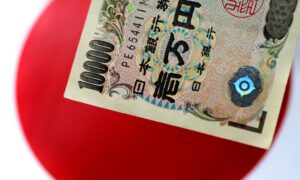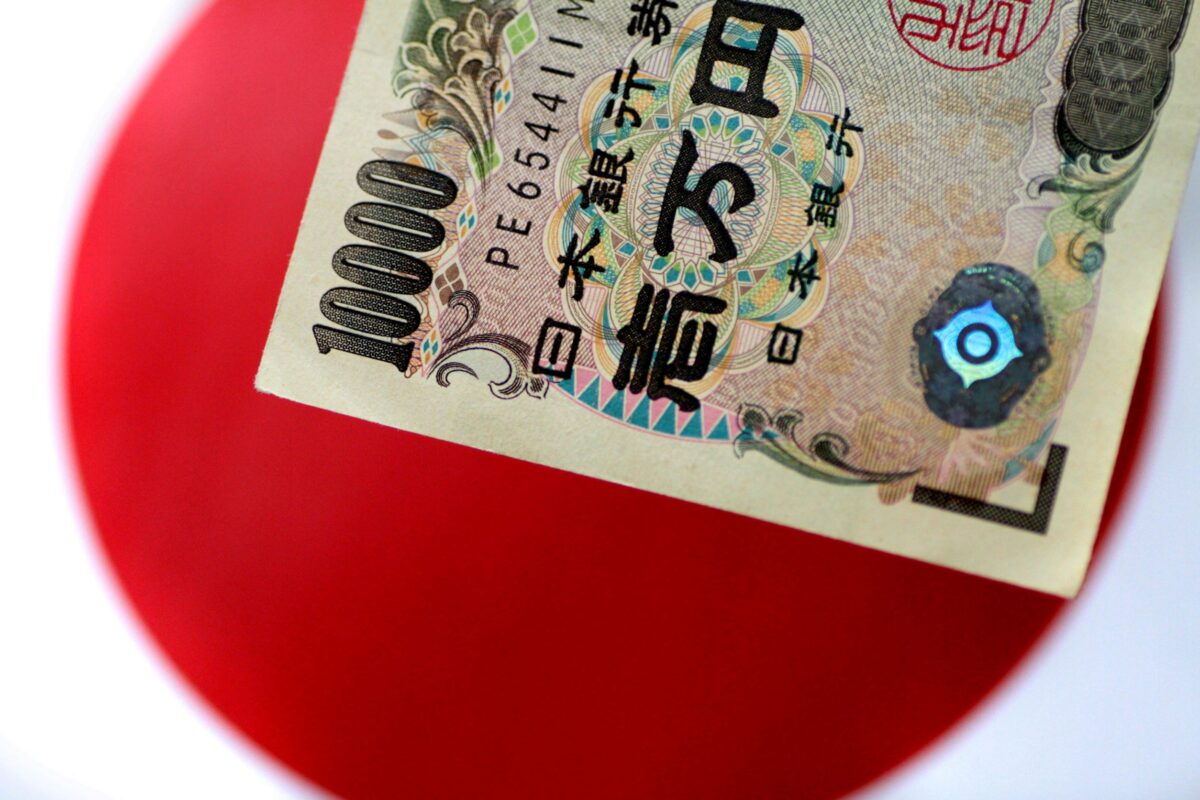
SINGAPORE/LONDON—The yen briefly weakened past the closely watched 145 per dollar level on Friday although traders’ fears of intervention by Japanese authorities kept it in check, while the dollar was also strong more broadly ahead of U.S. inflation data.
Barring unexpected interventions, the day’s main event for FX markets is the U.S. personal consumption expenditure price index, which will be released at 0830 EDT (1230 GMT) and will give the latest indicator of whether prices are slowing in the world’s largest economy.
Thursday data showing the resilience of the U.S. economy suggested the Federal Reserve has a cushion to raise interest rates further if inflation data requires it, and U.S. benchmark 10 year yields rose 14 basis points on Thursday as a result, their most since late March.
FX markets followed suit and the dollar index rose 0.35 percent on Thursday as the U.S. currency made ground on the euro, which dropped 0.45 percent.
Markets were steadier on Friday with the euro down 0.15 percent at $1.0847 near a two-week low, and sterling was up 0.3 percent at $1.2648, helped by a tick up in British government bond yields and just off the previous day’s two-week low.
The pound is one of the best performing developed market currencies in the second quarter up, 2.5 percent, while the dollar index, which tracks the unit against six major peers, is up 0.8 percent on the quarter, set for its first quarterly gain since the third quarter of 2022.
“One of the big themes over the past few weeks has been the positive surprises in U.S. data, and underwhelming data in the rest of the world, which is maybe bending markets back to the Fed’s messaging that we could see a second hike in Q4,” said Simon Harvey, head of FX analysis at Monex Europe.
Another 25 basis point interest rate hike by the Fed in July is all but priced in by markets, but Fed policy makers’ projections, released earlier this month, are for a further rate hike on top of that before the end of the year.
Harvey said that while Thursday data showed a revision in U.S. first-quarter GDP, that data is backward-looking so the question for markets is how consumers are coping now, something on which the PCE data will shed light.
The dollar’s gains also helped it to as high as 145.07 yen in Asia trade Friday, its highest in seven months, and into territory at which Japanese authorities intervened to prop up their currency last autumn.
However, the dollar failed to hold those gains and was last flat on the day at 144.88 yen.
Japan’s Finance Minister Shunichi Suzuki on Friday warned against excessive yen weakening, the latest such comment from government ministers and officials, but Suzuki stopped short of saying he was ‘deeply concerned’ or declaring an intention to take ‘decisive steps’, the phrases he used as a prelude to the last time authorities intervened in the currency market.
“The measures that were taken towards the back end of last year are working. Markets are looking at dollar/yen and thinking what’s the point of chasing this a bit higher in case 4 percent of your position gets wiped out overnight,” said Harvey.
Data on Friday showed core inflation in Tokyo perked up in June and remained above the BOJ’s 2 percent target for the 13th month.
The other numbers in focus on Friday were eurozone inflation data which showed a further decline in headline inflation, but only the smallest drop in underlying price changes.
Also on Friday, official surveys showed China’s factory activity declined for a third straight month in June and weakness in other sectors deepened, data which initially sent the yuan lower.
China’s yuan softened to its weakest since November with the currency traded onshore at 7.2675 per dollar , and offshore at 7.2845 per dollar.
By Rae Wee and Alun John



















































